By Dr. Elizabeth Eggert
No one asks for an eating disorder. To even recognize and acknowledge one’s eating disorder is inherently challenging. Unfortunately, eating disorders have a lot of negative consequences, including on dental health.
There are two main ways in which eating disorders can have a negative effect on your teeth.
Nutritional Impact of Eating Disorders
First, eating disorders commonly go hand in hand with poor nutrition. People with eating disorders may severely restrict their consumption of food, or may obsessively avoid certain foods. In both cases, nutrition deficiencies can result.
These nutrients are particularly critical to dental health:
- Iron: Iron is essential for transporting oxygen throughout the body. When a person’s red blood cell count drops, they are less equipped to fight infections. Low iron can cause mouth ulcers and fissures in the corners of the mouth.
- Calcium: Calcium deficiency may cause teeth to loosen and even fall out. Inadequate calcium contributes to tooth decay and gum disease. Plus, your body will respond to low calcium intake by drawing it from both your bones and teeth. A healthy set of teeth depends on a strong and healthy jawbone. Low iron contributes to bone loss.
- Vitamin D: Your body depends on vitamin D to help absorb calcium, and it also helps combat gum disease. As an anti-inflammatory, it boosts your immune system so you can fight infections better. Low vitamin D contributes to bone loss.
- Niacin: A shortage of B3 (niacin) can cause bad breath and canker sores.
Corrosive Impact of Eating Disorders
The binge eating associated with some eating disorders can cause excess stomach acid. When that acid backs up into the esophagus, it results in reflux or heartburn. Should the stomach acid reach the mouth, it will deteriorate both oral tissues and teeth.
For some people, binge eating is followed by vomiting, which also introduces harsh acid stomach acids into the mouth. This wears away tooth enamel, which increases the risk of tooth decay while also increasing tooth sensitivity. When tooth enamel is softened by acid, brushing the teeth can actually further damage the enamel.
Both vomiting and poor nutrition can make the salivary glands decrease production. The resulting chronic dry mouth also increases acidity which increases risk of tooth loss, cavities, and infections in the mouth.
Minimizing Dental Damage from Eating Disorders
If you have an eating disorder, please have the courage to seek professional help. In addition, you can take these steps to protect your teeth.
Try gum, mints and toothpaste containing xylitol. This sugar substitute helps with saliva production, preventing dry mouth and cavities. You can also get a mouth guard that can reduce the effects of stomach acid on your teeth and get routine fluoride treatments to strengthen tooth enamel.
After vomiting, always rinse your mouth with tap water, and wait awhile before you brush your teeth.


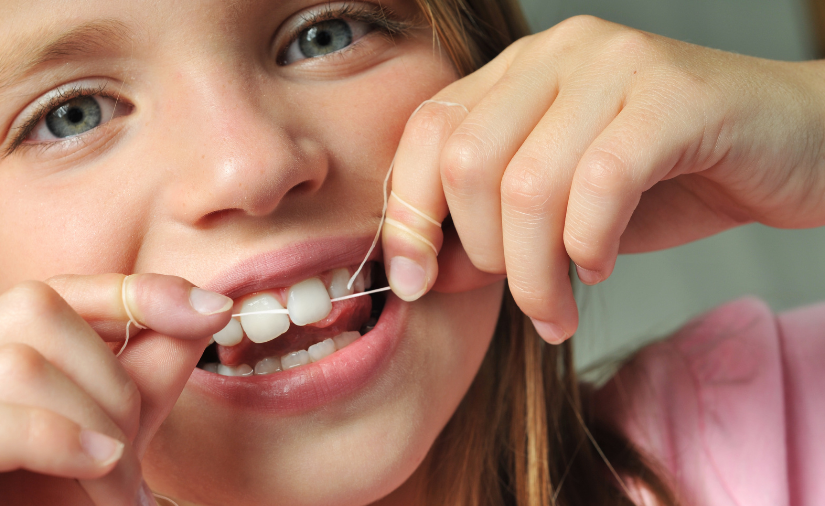


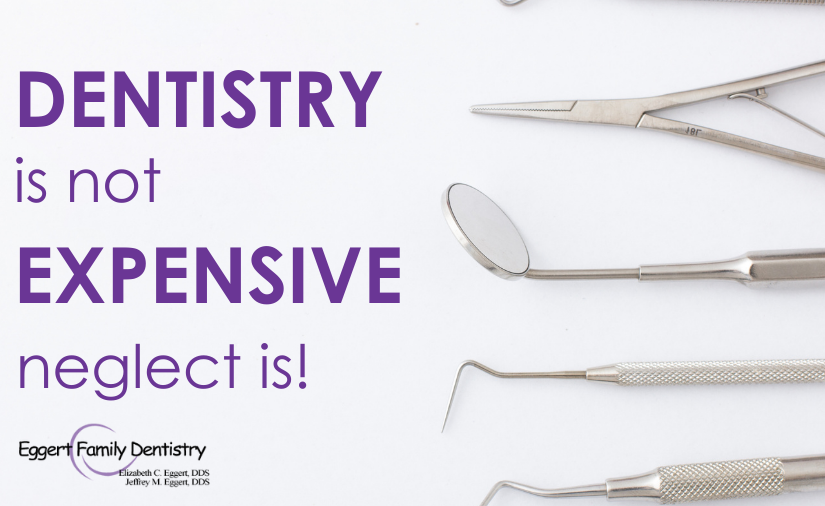

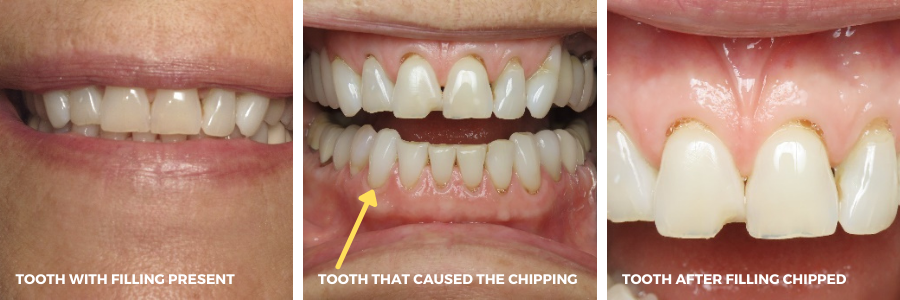
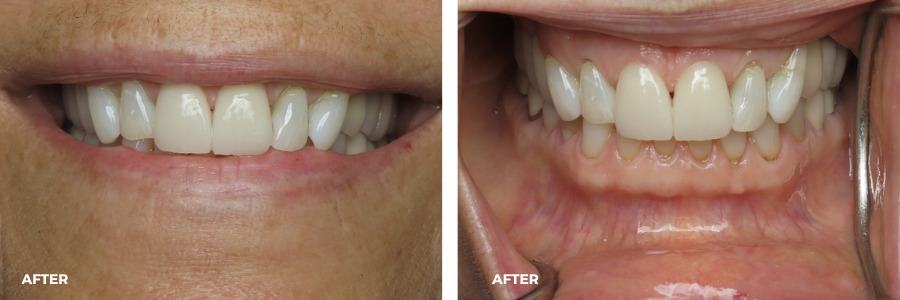

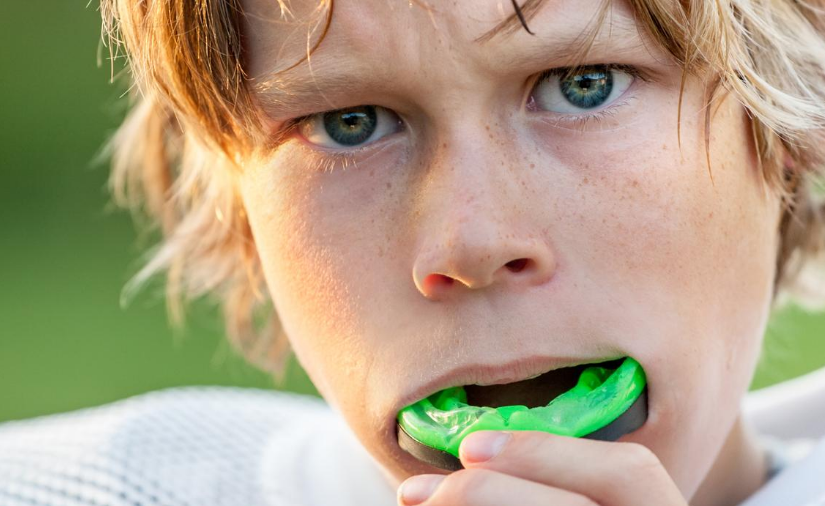
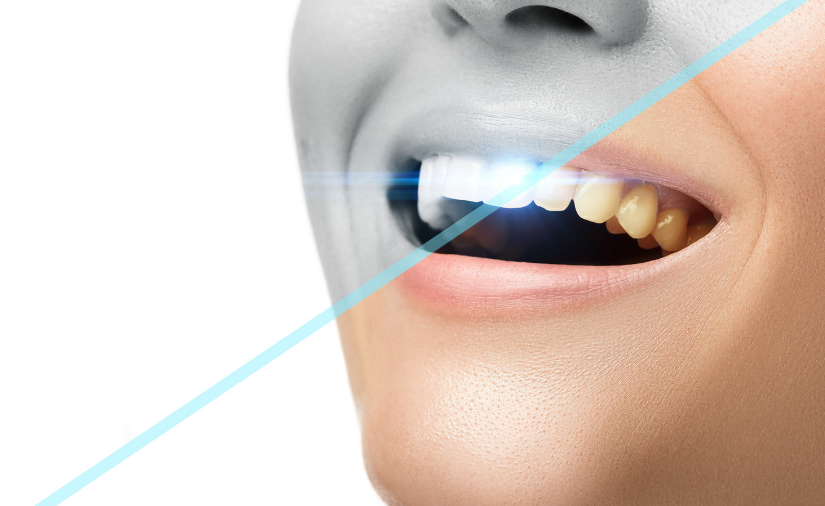


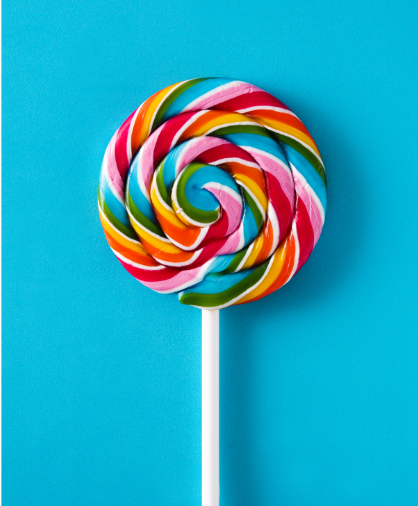 Candy on a stick, such as lollipops or rock candy, is meant to be enjoyed over time. Because it lingers in your mouth, it increases the production of saliva. However, instead of the saliva doing its job and rinsing bacteria out of your mouth, it only spreads the sugar around. Additionally, your mouth produces acid in an attempt to destroy the sticky sugar that then coats your teeth. The acid and sugar team up to break down tooth enamel and, with repeat exposure, can result in tooth decay.
Candy on a stick, such as lollipops or rock candy, is meant to be enjoyed over time. Because it lingers in your mouth, it increases the production of saliva. However, instead of the saliva doing its job and rinsing bacteria out of your mouth, it only spreads the sugar around. Additionally, your mouth produces acid in an attempt to destroy the sticky sugar that then coats your teeth. The acid and sugar team up to break down tooth enamel and, with repeat exposure, can result in tooth decay.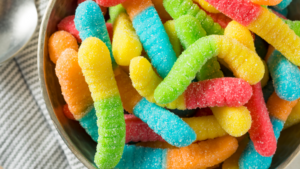 You might be wondering where sour candy fits into the picture. Warheads, Sour Patch Kids, Sour Skittles…kids LOVE sour candy and love to challenge themselves and their friends to eat large quantities of it or hold the sour candy in their mouths for long periods of time.
You might be wondering where sour candy fits into the picture. Warheads, Sour Patch Kids, Sour Skittles…kids LOVE sour candy and love to challenge themselves and their friends to eat large quantities of it or hold the sour candy in their mouths for long periods of time. One of the most popular categories of Halloween candy are chocolates. While many have sticky centers like Twix, Rollos or Snickers, others like Hershey’s bars and Nestle Crunch dissipate quickly in your mouth, making them more dental-friendly than almost any other candy.
One of the most popular categories of Halloween candy are chocolates. While many have sticky centers like Twix, Rollos or Snickers, others like Hershey’s bars and Nestle Crunch dissipate quickly in your mouth, making them more dental-friendly than almost any other candy.